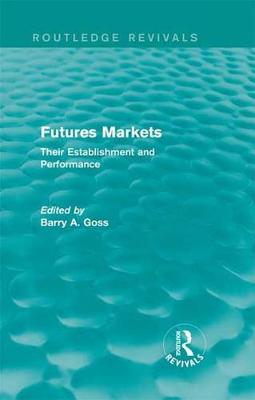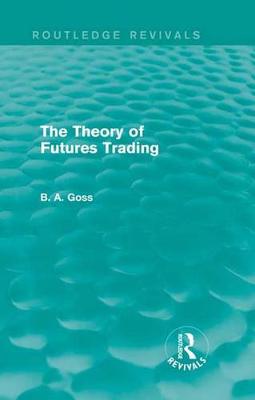Routledge Revivals
2 total works
First published in 1986, this book discusses many important aspects of the theory and practice of Futures Markets. It describes how they, at the time, grew to be an increasingly important feature of the world's major financial centres. Indeed, they adopted the role of being efficient forward pricing mechanisms and this was reflected by the interest of economists in the study of risk, uncertainty and information. Here, the contributors focus on areas that were of concern in the late 1980s such as feasibility, forward pricing and returns, and the modelling of price determination in Futures Markets. Evidence is drawn from twenty-five different commodities representing all the major commodity groups; and from all the world's major centres of Futures Trading.
First published in 1972, this book provides an important critical review on the theory of futures trading. B. A. Goss looks at the work and ideas of Keynes and Hicks on futures, and considers how these have also been developed by Kaldor. He discusses the evolution of the concept of hedging in the context of buying forward into the markets, and considers theories of market and individual equilibrium. Goss draws on the work of other economists in this field, including Stein, Telser, Peston and L. L. Johnson, in order to illustrate the development of theory in futures trading. The book includes fifteen figures that illustrate diagrammatically the concepts involved, and the concluding section contains a series of problems for examination by the student.

